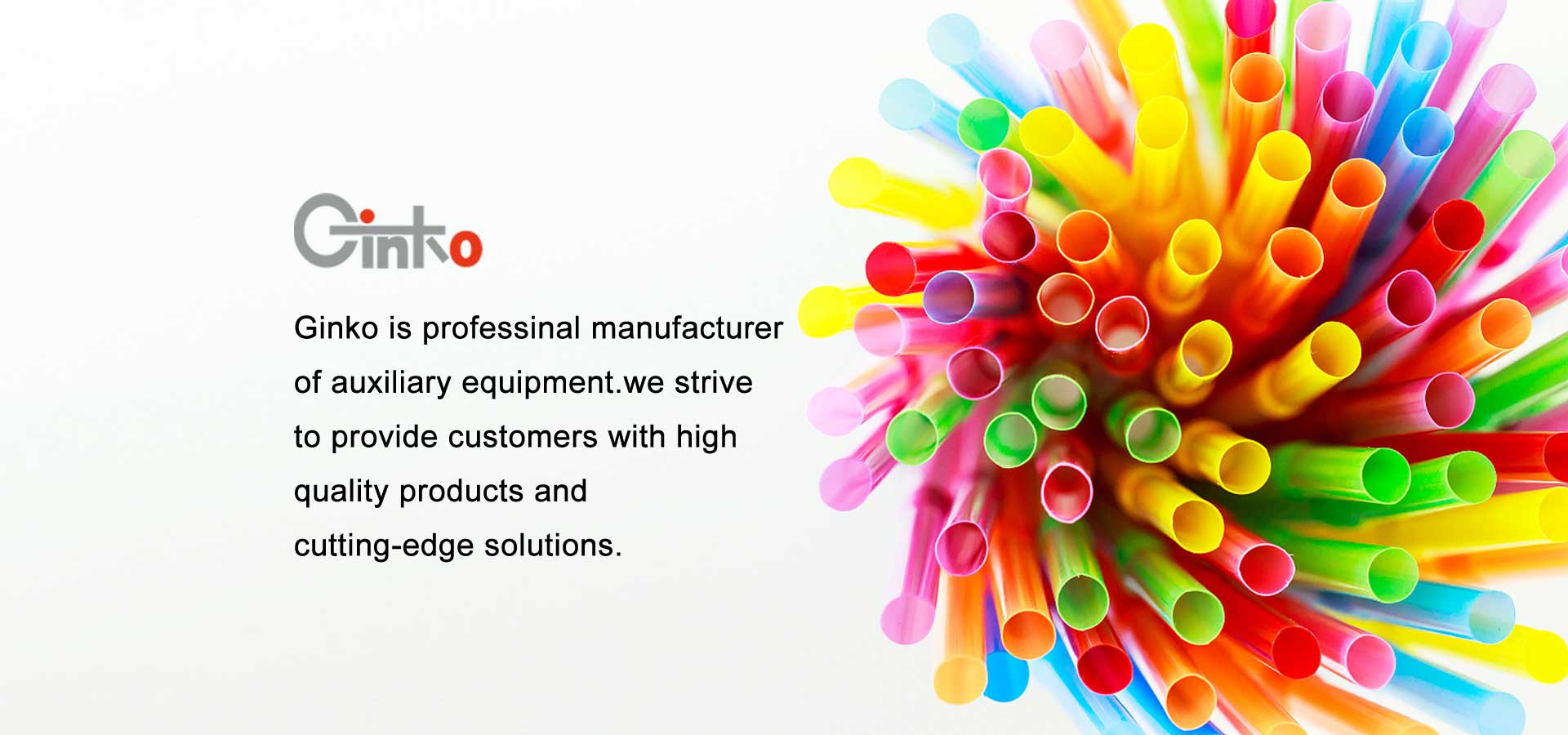Mold temperature machine
2018-05-11
Mold temperature machine
Mold temperature machine, also known as mold temperature control machine, is widely used in plastic molding, light guide plate die casting, rubber tires, rollers, chemical reaction kettle, adhesive, smelting and other industries. In a broad sense, it is called a temperature control device that contains both temperature and freezing temperature control.
The use of mold temperature machine in the plastic industry is more common, the main role is:
1, improve the product's molding efficiency;
2, reduce the production of defective products;
3, improve the appearance of the product, inhibit product defects;
4, speed up the production schedule, reduce energy consumption and save energy.
The use of die temperature machine in the die-casting industry also has a lot of space, especially in the manufacture of magnesium alloys and aluminum alloys, uneven or inappropriate die temperature will cause the casting size to be unstable, and the top casting deformation during the production process. Thermal stress, mold, surface depression, shrinkage cavity and hot bubble defects. It also has an impact on the production cycle, such as the filling time, cooling time and spraying time all produce unstable variables. The life of the mold can also cause hot cracking of expensive steel due to the impact of cold and overheating, which accelerates its aging.
The actual name of the mold temperature machine should be called mold temperature control machine, widely used in plastic molding, light guide plate, die-casting, extrusion, extrusion, rubber tires, rollers, chemicals, reactors, bonding, mixing and other industries. In a broad sense, it should be called a temperature control device that includes both temperature and freezing temperature control. The use of mold temperature machine in the plastic industry is relatively common, the main role of Jiangsu hot mold temperature machine is:
1, improve the efficiency of product heat forming, 2, reduce the production of defective products 3, improve the appearance of the product, inhibit the product
Mold temperature machine, also known as mold temperature control machine, is widely used in plastic molding, light guide plate die casting, rubber tires, rollers, chemical reaction kettle, adhesive, smelting and other industries. In a broad sense, it is called a temperature control device that contains both temperature and freezing temperature control.
The use of mold temperature machine in the plastic industry is more common, the main role is:
1, improve the product's molding efficiency;
2, reduce the production of defective products;
3, improve the appearance of the product, inhibit product defects;
4, speed up the production schedule, reduce energy consumption and save energy.
The use of die temperature machine in the die-casting industry also has a lot of space, especially in the manufacture of magnesium alloys and aluminum alloys, uneven or inappropriate die temperature will cause the casting size to be unstable, and the top casting deformation during the production process. Thermal stress, mold, surface depression, shrinkage cavity and hot bubble defects. It also has an impact on the production cycle, such as the filling time, cooling time and spraying time all produce unstable variables. The life of the mold can also cause hot cracking of expensive steel due to the impact of cold and overheating, which accelerates its aging.
The actual name of the mold temperature machine should be called mold temperature control machine, widely used in plastic molding, light guide plate, die-casting, extrusion, extrusion, rubber tires, rollers, chemicals, reactors, bonding, mixing and other industries. In a broad sense, it should be called a temperature control device that includes both temperature and freezing temperature control. The use of mold temperature machine in the plastic industry is relatively common, the main role of Jiangsu hot mold temperature machine is:
1, improve the efficiency of product heat forming, 2, reduce the production of defective products 3, improve the appearance of the product, inhibit the product





